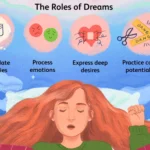Unraveling the enigmatic world of canine consciousness is a fascinating endeavor. As dog owners, we often find ourselves wondering what goes on in the minds of our beloved companions, especially when they are fast asleep. One question that frequently arises is whether dogs dream about running. Canines are known for their boundless energy and love for outdoor activities, so it seems plausible that they might relive their adventures in their dreams. In this article, we delve into the captivating realm of dog dreams, exploring the science behind them, analyzing behavioral clues, and delving into intriguing anecdotal evidence. Join us as we attempt to decode the mysteries of the canine mind.
Understanding Canine Consciousness
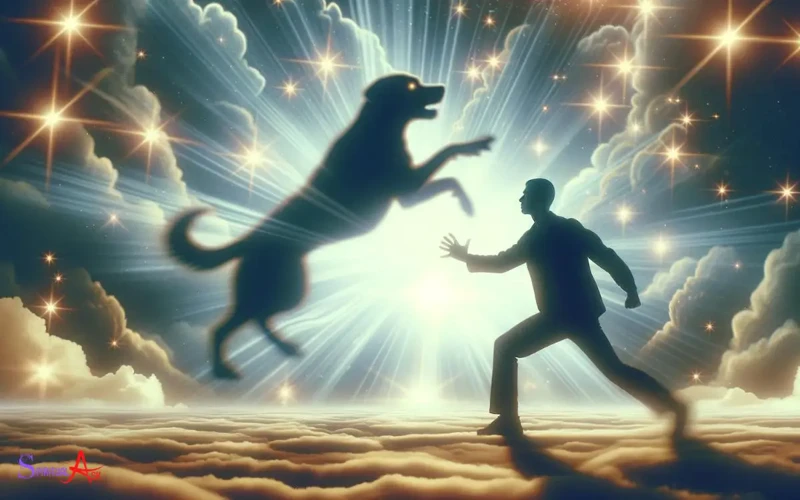
Canine consciousness is a puzzling subject that has long fascinated researchers and dog owners alike. While we can’t directly access a dog’s thoughts and feelings, we can observe their behavior and attempt to understand their cognitive processes. By studying their brain activity, sleep patterns, and dreams, we can gain insights into their consciousness. Dogs have a remarkable ability to experience emotions, form memories, and navigate their environment. Understanding canine consciousness is a complex undertaking, but it offers a glimpse into the inner workings of our four-legged companions.
The Science Behind Dog Dreams
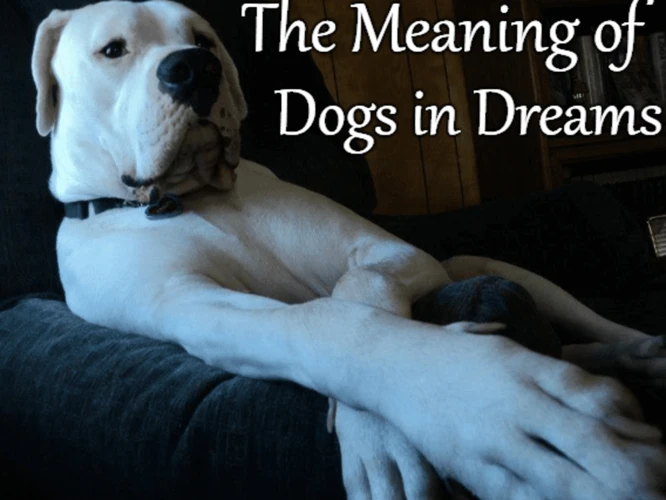
1. REM Sleep in Dogs: Rapid Eye Movement (REM) sleep is a crucial phase of the sleep cycle where most dreaming occurs. Just like humans, dogs go through different stages of sleep, including REM sleep. During REM sleep, their eyes move rapidly beneath their closed eyelids, and their brain activity resembles that of a waking state. This suggests that dogs experience vivid dreams during this stage. It is in REM sleep that dogs may engage in behaviors like twitching, paw movement, or even vocalization, which may indicate that they are actively experiencing their dreams.
2. Brain Activity during Dog Dreams: Researchers have conducted studies using electroencephalography (EEG) to monitor dogs’ brain activity during sleep. These studies have found similarities between the brainwave patterns of dreaming dogs and humans. Specifically, when dogs are in the REM sleep phase, their brain activity shows patterns similar to human dreaming. This provides further evidence that dogs do indeed dream.
3. Role of the Hippocampus: The hippocampus, a region of the brain associated with memory formation, plays a crucial role in dog dreams. During REM sleep, the hippocampus replays the day’s experiences and consolidates memories. This suggests that dogs might dream about recent experiences or activities that have left a strong imprint on their memory. It is thought that these dreams help dogs process information, retain learning, and potentially enhance problem-solving abilities.
Understanding the science behind dog dreams can give us valuable insights into the complex inner world of our canine friends. The striking similarities between human and dog sleep patterns and brain activity highlight the possibility that dogs also engage in vivid and meaningful dream experiences. So the next time you see your dog twitching or making sounds in their sleep, remember that they may be embarking on exciting dream adventures of their own. You can read more on dreaming about kangaroos.
1. REM Sleep in Dogs
REM sleep, or Rapid Eye Movement sleep, plays a significant role in canine dreams. During this sleep stage, dogs exhibit distinct physiological characteristics such as rapid eye movements and muscle twitches. Studies suggest that dogs experience a comparable pattern of REM sleep to humans. This phase is vital for memory consolidation, learning, and emotional processing. It is during REM sleep that dogs may partake in vivid dream scenarios, potentially reliving moments from their waking lives. While we may never fully comprehend the content of their dreams, the presence of REM sleep in dogs indicates the possibility of rich and immersive dream experiences.
2. Brain Activity during Dog Dreams
The study of brain activity during dog dreams provides valuable insights into the nature of their dreams. Research has shown that dogs exhibit similar patterns of brain activity during REM sleep, which is associated with dreaming, as humans do. During this stage, dogs may experience increased brain activity in the hippocampus and amygdala, regions associated with memory and emotions, respectively. It is believed that dogs may process and consolidate information from their waking experiences during REM sleep, leading to the possibility of reliving past events or engaging in imaginative scenarios in their dreams. While we cannot directly confirm the content of dog dreams, analyzing their brain activity offers tantalizing clues about the inner workings of their sleeping minds.
Clues from Behavior and Body Language

Clues from behavior and body language can provide valuable insights into the dreams of our canine companions. During sleep, dogs often exhibit movements, vocalizations, and involuntary muscle twitches that suggest they are engaged in active dreaming. These behaviors can range from subtle twitching to more pronounced movements, such as running in place or wagging their tails. Some dogs may even make sounds resembling barks, whines, and growls during their dream state. The body language of a dreaming dog can also tell us a lot about the content of their dreams. Tense muscles or rapid eye movements may indicate a thrilling or intense dream experience, while relaxed postures and subtle movements could suggest a more peaceful dream scenario. By closely observing these behavioral cues, we can gain a better understanding of what our furry friends might be experiencing during their unconscious adventures.
Anecdotal Evidence and Personal Stories
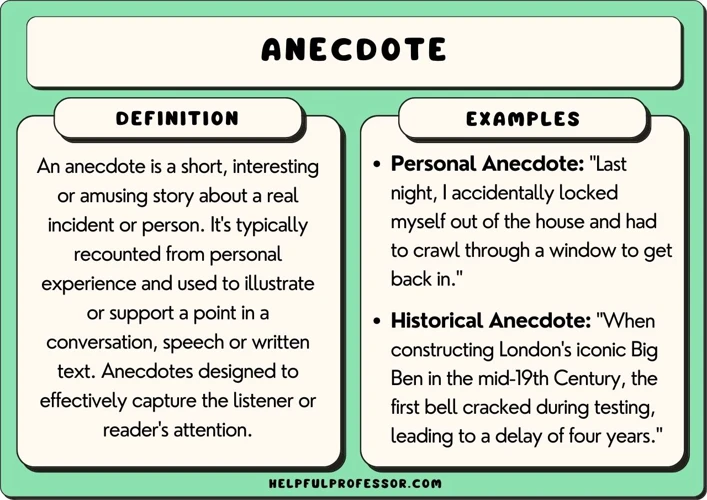
Anecdotal evidence and personal stories play a significant role in our understanding of canine dreams. Many dog owners have shared intriguing accounts of their pets’ sleep behaviors and the vividness of their dreams. Some owners have observed their dogs twitching, whimpering, or even “running” in their sleep, suggesting the possibility of dream activity. While these stories lack scientific validity, they provide valuable insights into the subjective experiences of dogs during their slumber. One owner reported that their dog often appeared to be chasing rabbits in its dreams, while another shared a narrative of their dog seemingly engaged in a playful wrestling match with an imaginary companion. These anecdotes, while individual and subjective, contribute to the broader tapestry of our understanding of canine dreams and their connection to their waking experiences.
Dreaming of Running: Is it Possible?
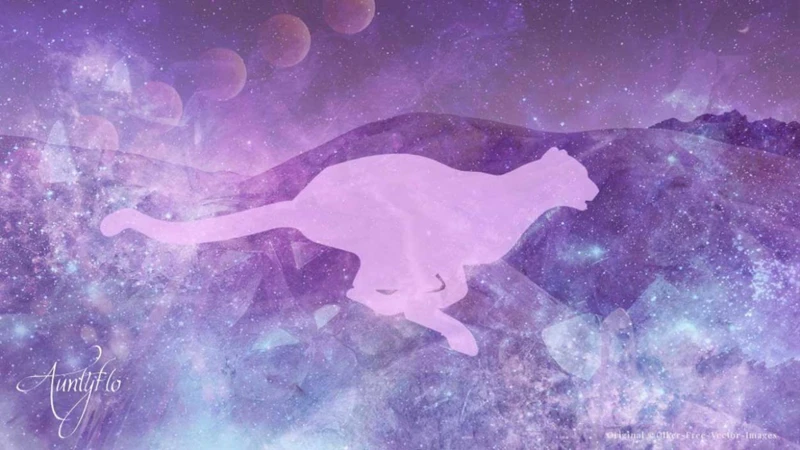
Dreaming of running is a concept that intrigues dog owners. It seems only natural to wonder if our furry friends relive their moments of exhilaration in their dreams. While we cannot directly ask dogs about their dreams, there are indications that suggest it is possible. Dogs possess strong natural instincts for running, chasing, and exploring their surroundings, making it plausible that these activities manifest in their dreams. Additionally, studies have shown that dogs’ brain activity during sleep, particularly during REM sleep, resembles that of humans, further supporting the idea that dogs may indeed dream. While we may never know for certain what exactly goes on in a dog’s dream, the possibility of them dreaming about running adds an extra layer of wonder and awe to the already captivating world of canine consciousness.
1. Dogs’ Natural Instincts
Dogs’ natural instincts play a crucial role in understanding whether they dream about running. Dogs are descendants of wolves, and their ancestors were skilled hunters and trackers. Even though domestication has changed their lifestyles, dogs still retain their innate instincts, including their desire to run and explore. This instinctual behavior is often evident during their waking hours as they chase after toys, play fetch, or run around in excitement. It is reasonable to assume that these natural instincts also manifest in their dreams, where they may replay the thrilling experience of running and chasing, perhaps even imagining themselves as the ultimate predator on the hunt. The connection between a dog’s instincts and their dreams offers us a glimpse into the possibility of them dreaming about running.
2. Neurological Similarities with Humans
Neurological studies have revealed that dogs and humans share striking similarities in their brain structures and functioning. The presence of similar brain regions, such as the amygdala and hippocampus, suggests that dogs may experience emotions and memories in ways akin to humans. Additionally, both species exhibit similar sleep patterns, including the occurrence of REM sleep, which is associated with vivid dreaming in humans. This suggests that dogs may also experience dreams, including the possibility of dreaming about engaging in activities they enjoy, such as running. While we cannot directly confirm their dream content, the neurological parallels between dogs and humans offer intriguing possibilities for understanding the depth of canine consciousness.
Interpreting Canine Dreams
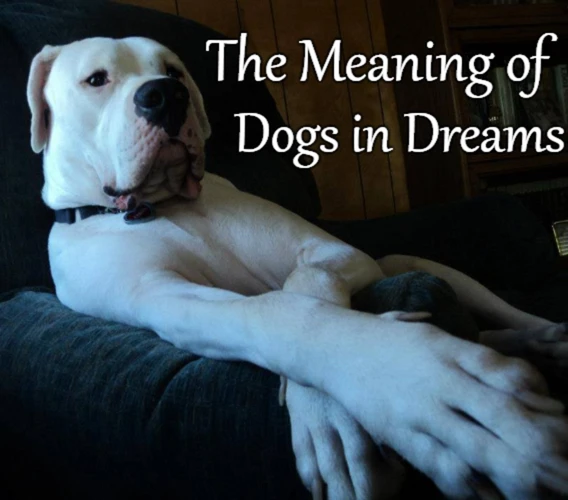
Interpreting canine dreams is a challenging but intriguing task. To unravel the meaning behind a dog’s dreams, it is crucial to gain a deeper understanding of the dreaming process itself. When dogs enter REM sleep, a stage associated with vivid dreams, their brains exhibit patterns similar to those of humans. During this phase, their eyes may twitch, they may make small movements, and their breathing may become irregular. These physical manifestations suggest that dogs are indeed engaged in a dream state. While we may never fully comprehend the content of their dreams, we can make educated guesses based on their behavior, body language, and experiences. By observing their reactions during waking hours, we might detect connections between their dreams and real-life activities. For example, a dog dreaming about running may exhibit increased excitement and energy when engaging in physical exercise. While interpreting canine dreams remains a subject of speculation, it offers a captivating glimpse into the subconscious world of our furry friends.
1. Understanding the Dreaming Process
Understanding the dreaming process in dogs is a fascinating endeavor that involves unraveling the complex mechanisms behind their dream experiences. During REM (Rapid Eye Movement) sleep, which is the stage associated with vivid dreaming in humans, dogs also exhibit similar physiological patterns. During this stage, their brains show increased activity, similar to when they are awake. This suggests that dogs may engage in active dream scenarios, potentially reenacting events from their daily lives or exploring scenarios that tap into their instincts and desires. While we can’t fully comprehend the content of their dreams, studying the dreaming process provides valuable insights into the rich inner worlds of our canine companions.
2. Deciphering the Content of Dog Dreams
Deciphering the content of dog dreams is a fascinating aspect of understanding their inner worlds. While we cannot ask dogs directly about the vivid images and experiences they encounter during sleep, we can make educated guesses based on their behaviors and reactions. One way to decipher the content of dog dreams is by observing their body movements and vocalizations during sleep. Dogs may twitch their paws or make subtle noises, indicating that they are actively engaged in their dream scenarios. Additionally, studies have suggested that dogs often dream about familiar activities and experiences from their daily lives, such as running, playing, or interacting with their human companions. These dreams may serve as a way for dogs to process and consolidate their memories, creating a unique window into their subconscious minds.
Do All Dogs Dream of Running?
The dreaming habits of dogs vary from one individual to another, and not all dogs may dream specifically of running. While running is a common theme in canine dreams due to their innate instincts and active lifestyle, the content of dreams can vary based on past experiences, daily activities, and individual preferences. Some dogs may dream about playing fetch, exploring new environments, or even interacting with their human companions. It is important to recognize that dreaming is a personal and subjective experience, even for our canine friends. So while many dogs might indulge in dreams of running, others may have their own unique dream scenarios.
Conclusion
In conclusion, unraveling the mysteries of canine consciousness and their dreams about running is an ongoing scientific endeavor. Through the study of REM sleep, brain activity, behavior, and anecdotal evidence, we have gained valuable insights into the dreaming process of dogs. While we cannot definitively say that all dogs dream about running, their natural instincts and neurological similarities with humans make it a possibility. Interpreting the content of dog dreams is challenging, but by understanding the dreaming process and taking cues from their behavior, we can form a better understanding of what our furry friends may be experiencing during their slumber. Although we may never fully comprehend the intricacies of canine dreams, our love and care for our faithful companions remain unwavering. Feel free to share your own stories and experiences about dog dreams here.
Frequently Asked Questions
1. Do all dogs dream?
Yes, all dogs experience dreams during sleep. Research suggests that most mammals, including dogs, go through various stages of sleep, including REM (rapid eye movement) sleep, which is associated with dreams.
2. How can you tell if a dog is dreaming?
During REM sleep, dogs may exhibit physical signs of dreaming such as twitching, paddling their paws, or making soft noises. Their eyes may also move rapidly beneath their closed eyelids.
3. Are dog dreams similar to human dreams?
While it’s difficult to know for sure, some studies suggest that the neural activity and brain patterns observed during dog dreams are similar to those seen in humans. This suggests that their dreams may have comparable characteristics.
4. Can dogs have nightmares?
It’s possible for dogs to have nightmares, just like humans. They may exhibit signs of fear, discomfort, or even wake up startled from a particularly intense dream. Providing a comforting environment can help alleviate their distress.
5. Do dogs only dream about running?
Dogs dream about a variety of things, not just running. Their dreams can involve chasing objects or animals, playing with their human companions, or even reliving past experiences. The content of their dreams can vary based on their individual experiences and memories.
6. Can you influence a dog’s dreams?
While you can’t directly control or influence a dog’s dreams, you can create a positive and enriching environment for them to enhance the quality of their sleep. Providing regular exercise, mental stimulation, and a comfortable sleeping area can contribute to more satisfying dreams.
7. Are puppy dreams different from adult dog dreams?
There is limited research on this specific topic, but it is likely that puppy dreams differ from those of adult dogs. Since puppies are still in the early stages of learning and exploring the world, their dreams might be filled with more playful and exploratory experiences.
8. Do blind dogs dream visually?
While it’s challenging to determine exactly how blind dogs experience dreams, it’s possible that their dreams may involve other senses and memories, rather than visual imagery. Their dreams could be more focused on scents, sounds, and tactile sensations.
9. Can dogs remember their dreams?
Although dogs may not have a conscious recollection of their dreams like humans do, they can retain and recall information from their dreams in the form of emotions, associations, and memories that may affect their behavior and responses when awake.
10. Do dogs dream every time they sleep?
Dogs, like humans, do not dream every single time they sleep. Dreams occur during the REM phase of sleep, which is characterized by rapid eye movement and increased brain activity. Dogs and humans spend only a portion of their sleep time in REM sleep, so they don’t dream continuously throughout the night.


